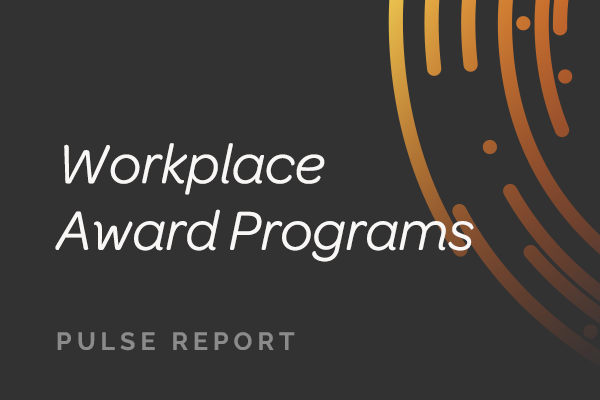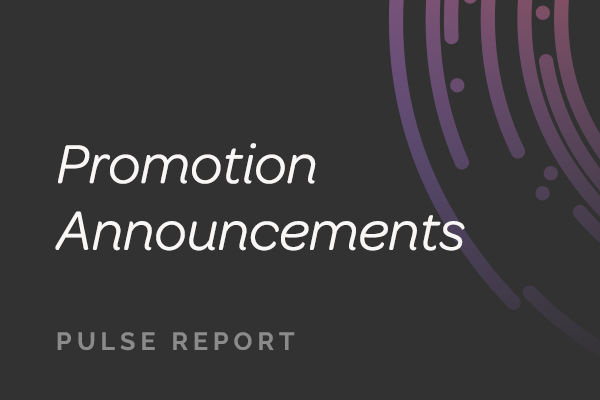
This piece is part of a series of blogs expanding on the findings of the latest ROI Benchmark.
Does anyone in today’s workplace feel like they’re not receiving enough content? Not likely. Emails, Slack messages, intranets, newsletters, social media, publications, research reports, whitepapers, webinars, phone calls, in-person conversations and more — the information just keeps coming — but how much of it is information employees actually want, or more importantly, need?
In this environment, it seems fitting that “too much noise” was cited as a top organizational challenge by a full 50% of the communicators surveyed in the latest ROI Benchmark report. And it turns out a lot of that noise is coming from inside the house. A proliferation of internal communications channels and touchpoints is reaching audiences atop the ongoing onslaught of external content, making it harder than ever to keep up.
Internal communicators are aware that their work can contribute to the noise. Only 39% of Benchmark respondents report having a defined communication ecosystem, and just 51% report a defined internal content strategy. In the absence of such structures and strategies, it can be hard to cut through the cacophony.
The good news is that internal communicators, as channel experts, have the opportunity to observe, analyze and deliver on best practices that can turn down the volume and help everyone in their organization hear themselves think.
- Assess your current ecosystem – You can’t fix what you don’t fully understand. Conduct an assessment to learn exactly what you’re working with, identify root causes, and seek out ways to reconfigure and streamline accordingly.
- Understand your audience – No one better understands the level of noise than those who have to hear it. Use interactive tools like polls, surveys and focus groups to learn what your audiences find most valuable, and use that feedback to create sharper focus.
- Create alignment within your organization – Once you have workable data, make sure leadership understands the challenges and provides buy-in to help establish or update your ecosystem and strategy.
- Keep your eyes on the prize – To ensure successful implementation, set clear goals and define the metrics to measure against them.
- Learn to let go – Accept that not every message needs to be delivered by the comms team, and not every channel needs to be set to the same volume. Let your company’s mission, vision and strategy help you figure out how to delegate and prioritize.
Luckily, channel strategies and ecosystems aren’t only for audiences; they can also provide crucial clarity behind the scenes for the teams who use them to communicate. Decreasing the commotion on the back end can make you more effective at helping others. Hopefully, with your own ears clear, you’ll hear everyone’s sighs of relief.
More about The ROI Benchmark:
Contributor:
Jeff Lewonczyk
Director, Specialist
Jeff is a strategist and award-winning illustrator with a background in theater, music and arts advocacy. A resident of Brooklyn, he directs musical comedies and helps clients connect with their audiences through visually compelling stories and messaging.






